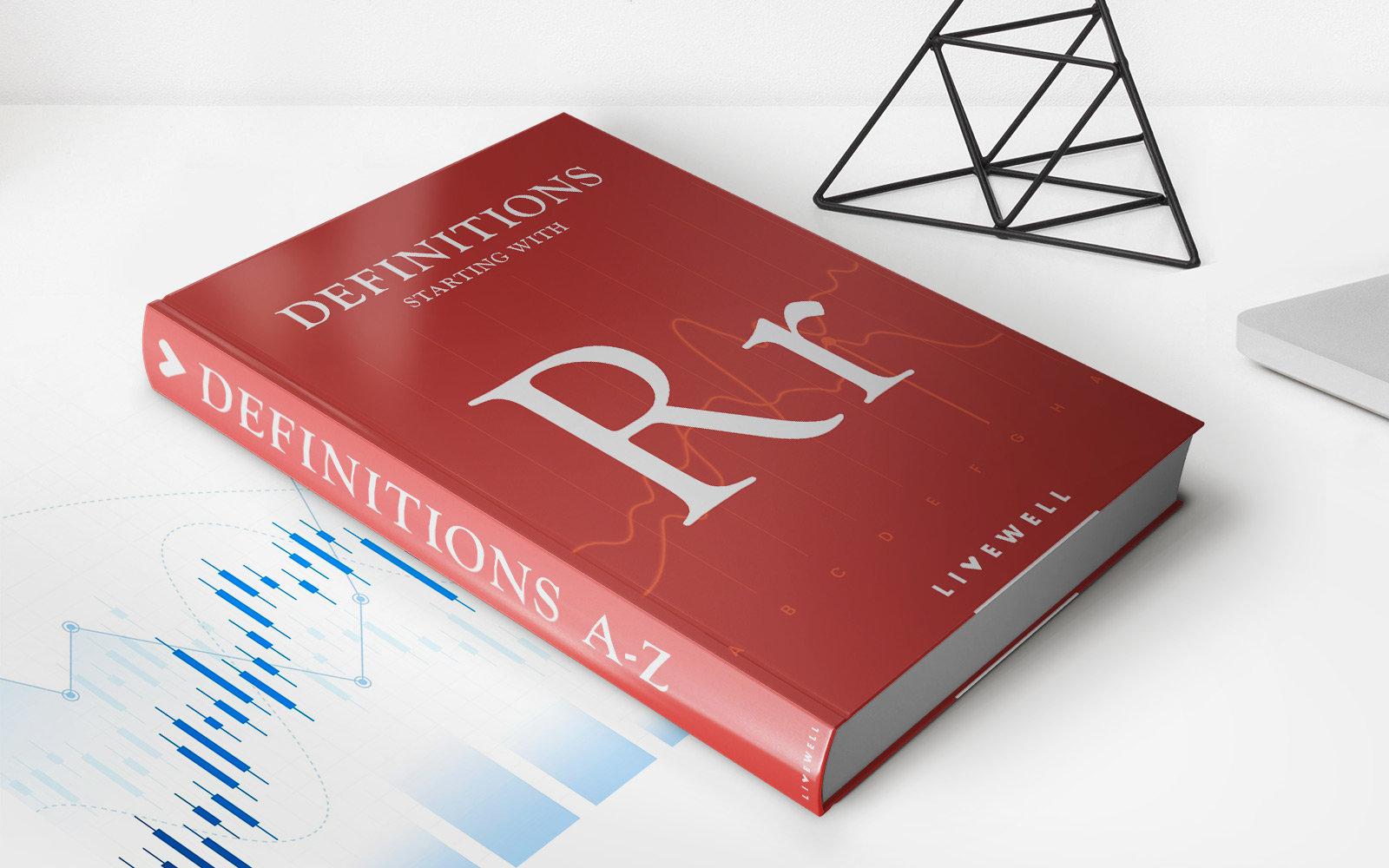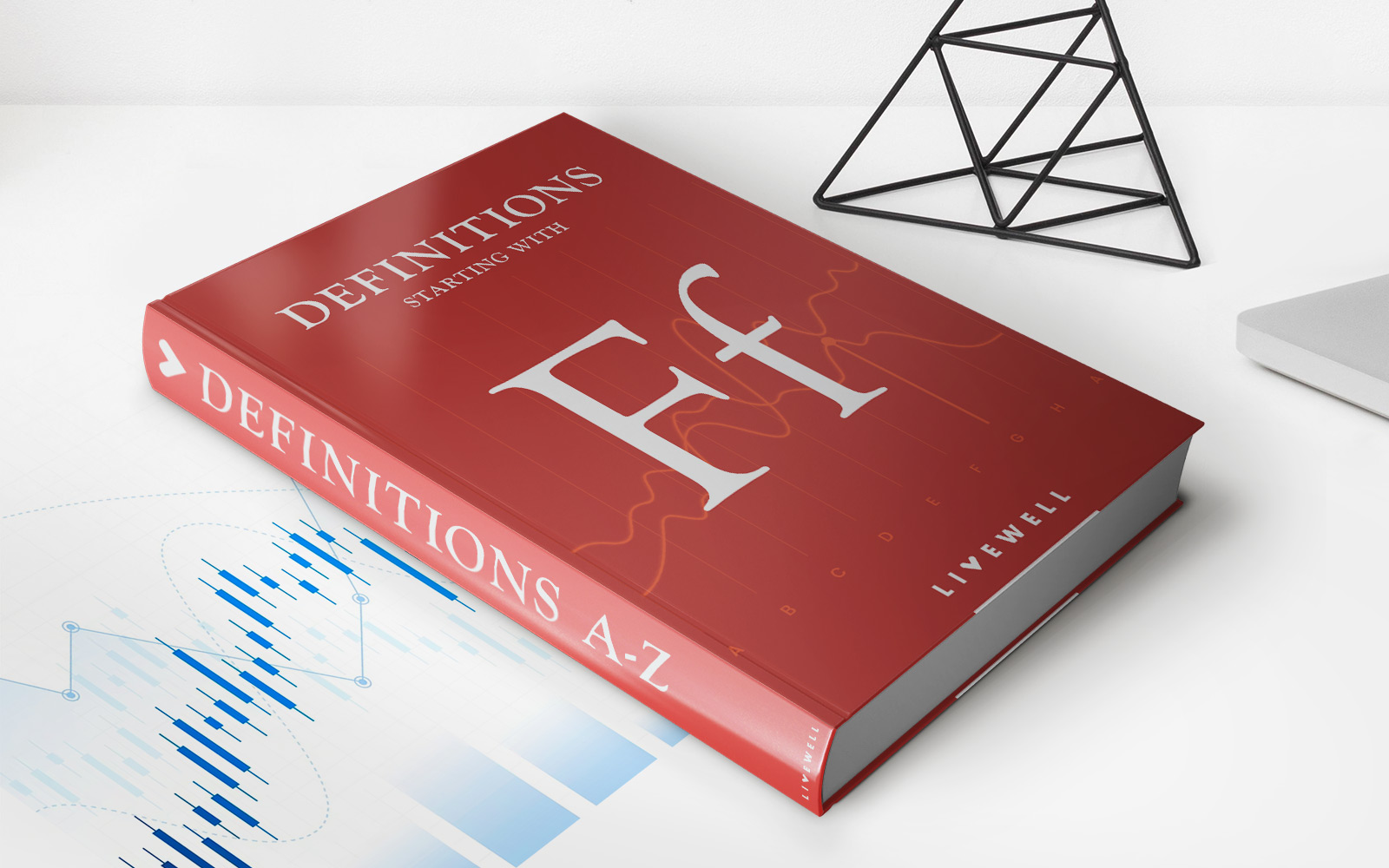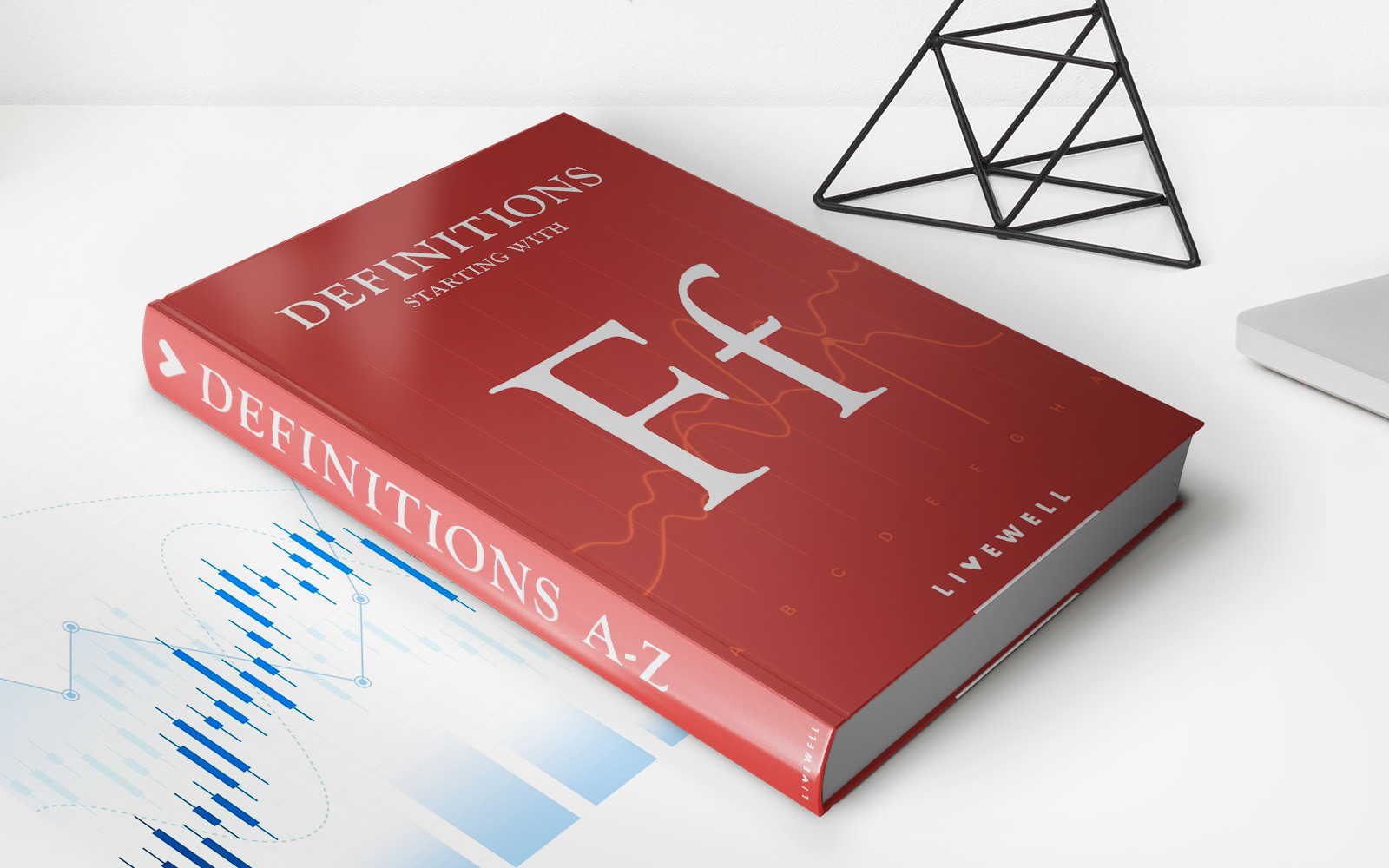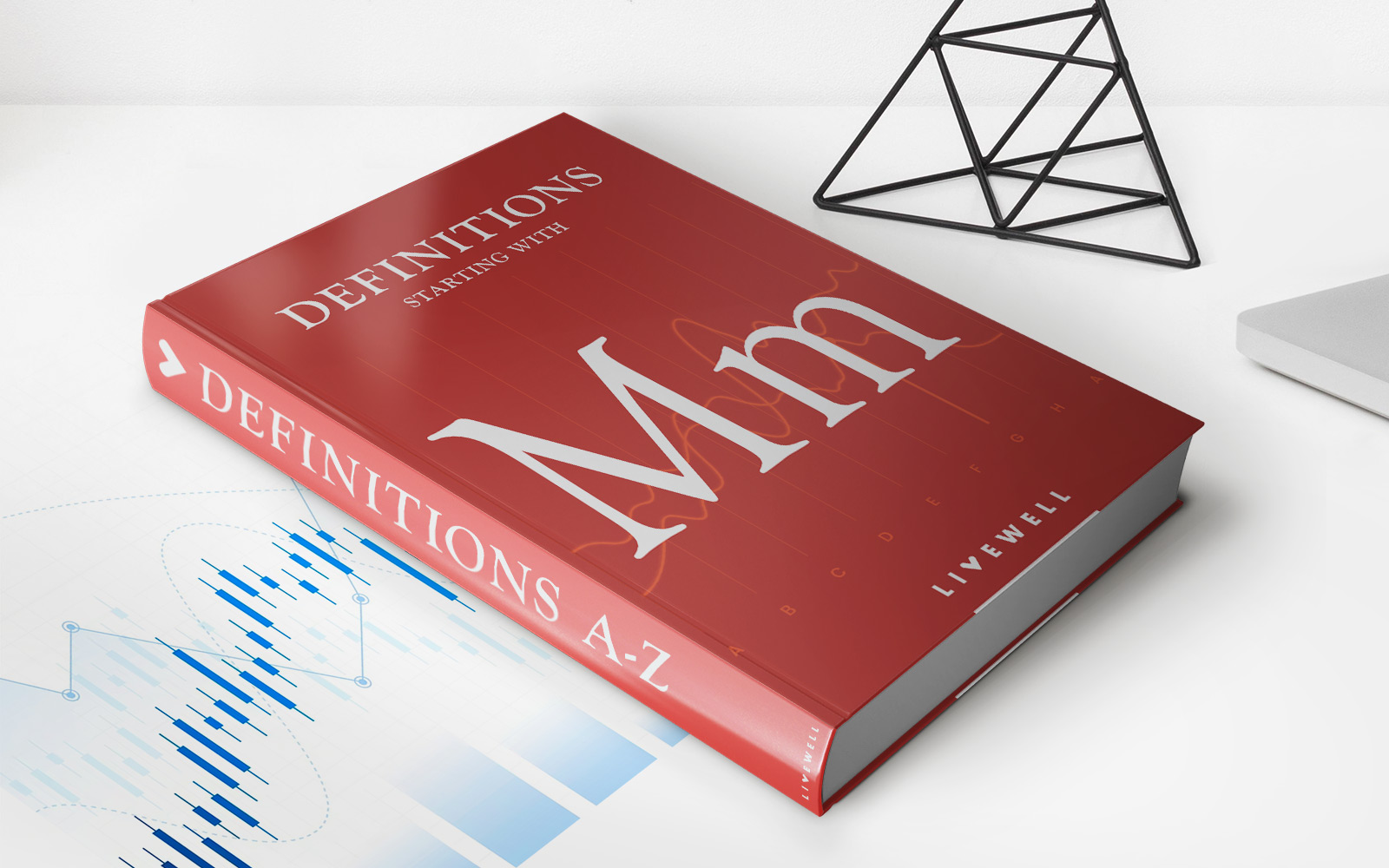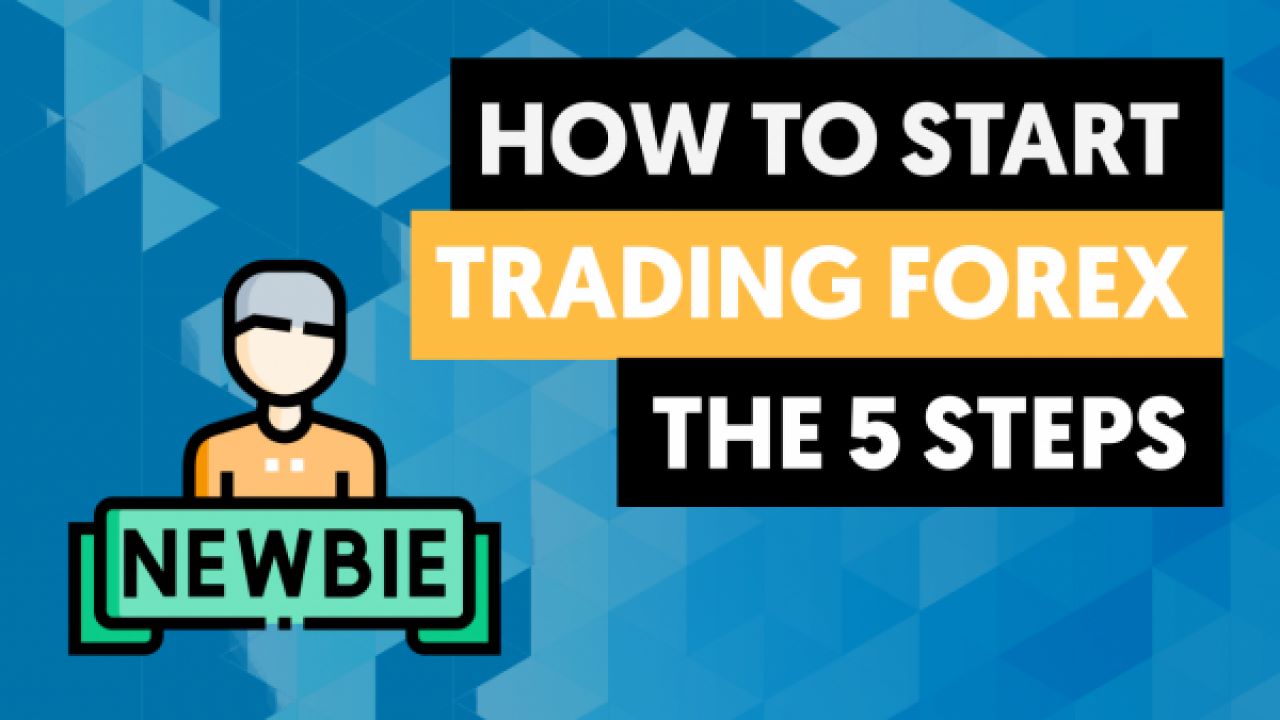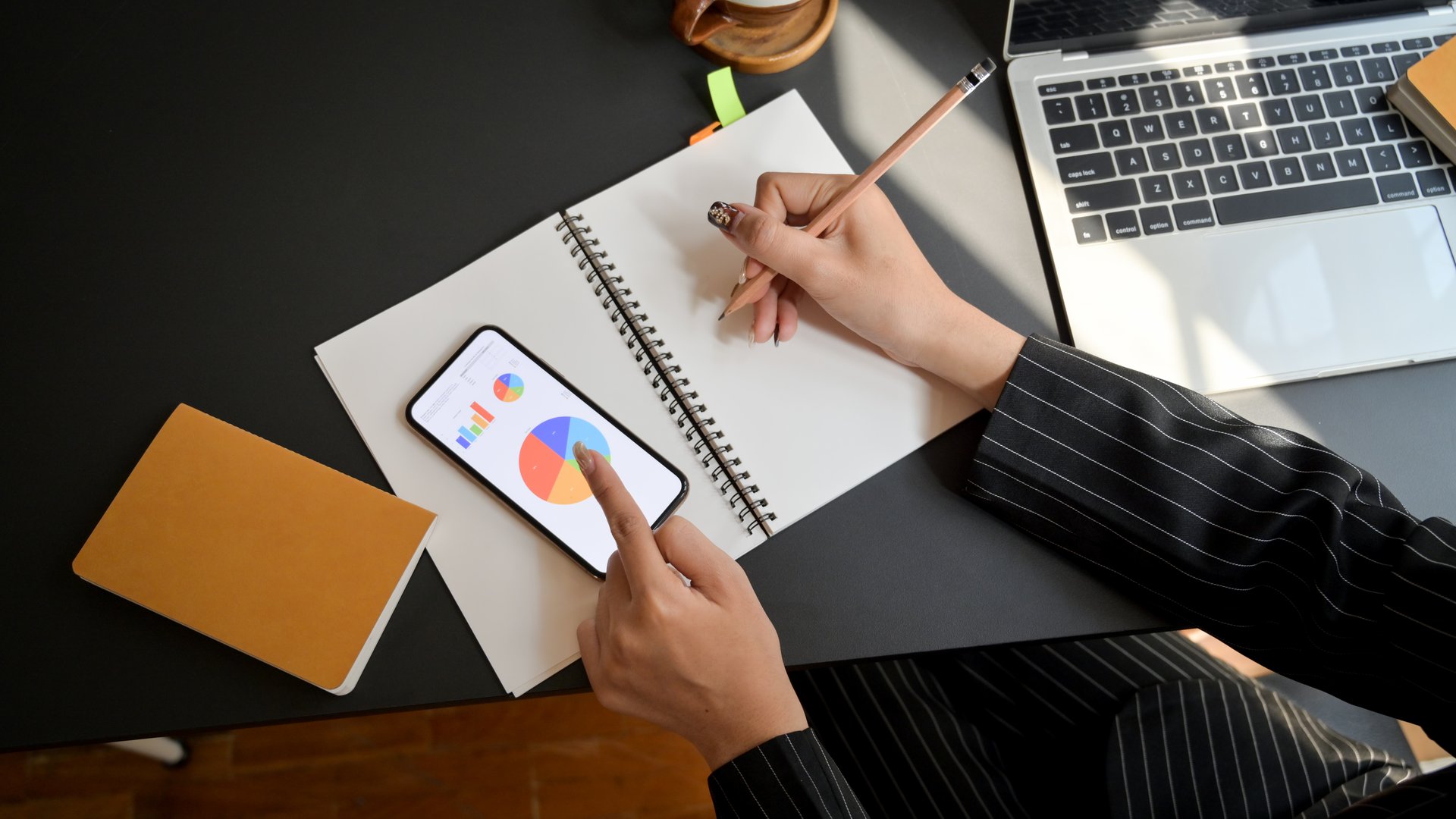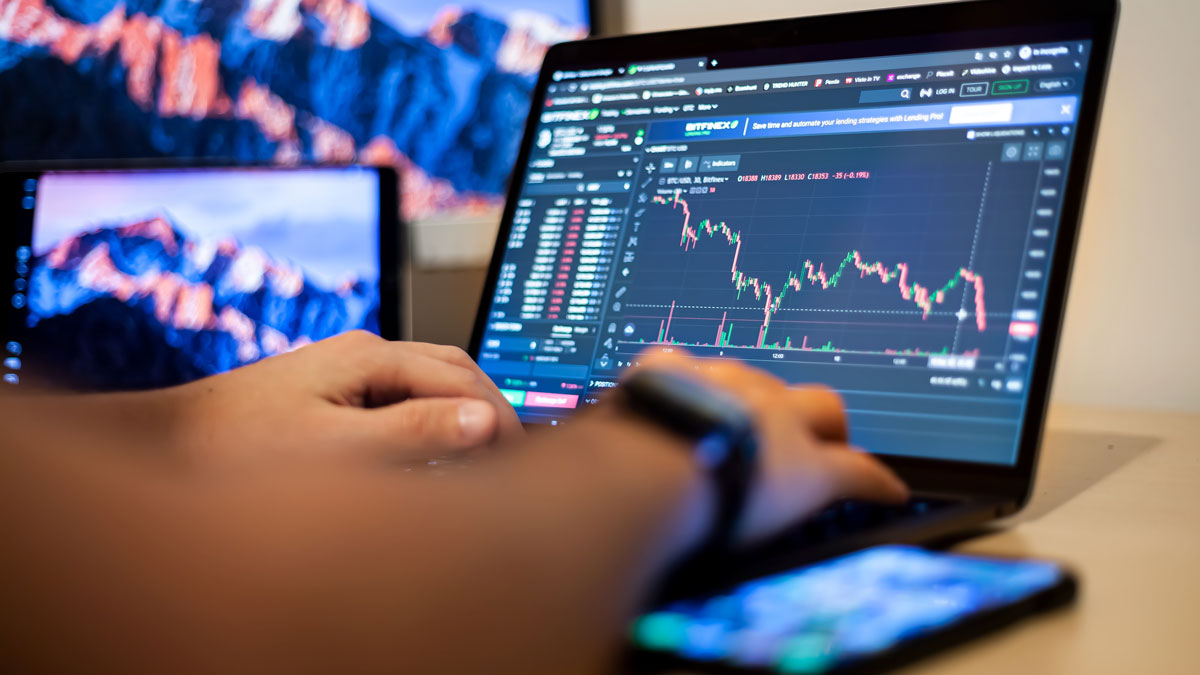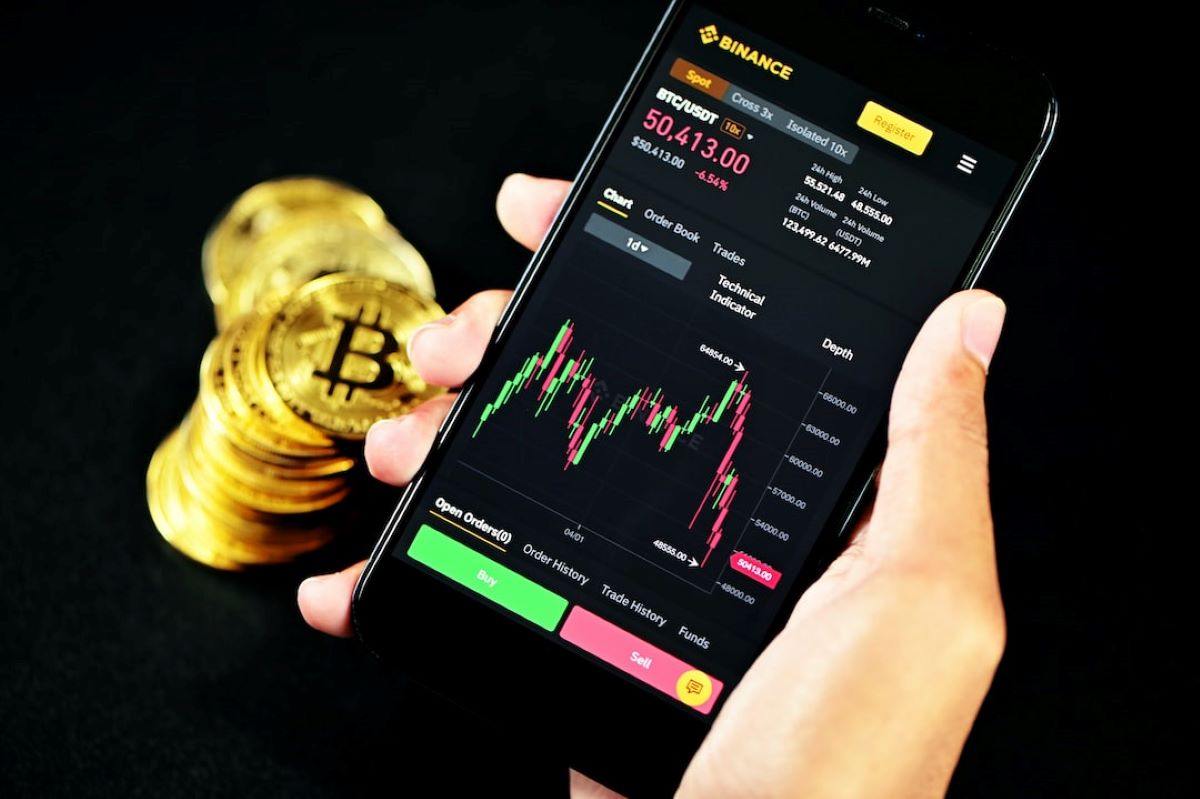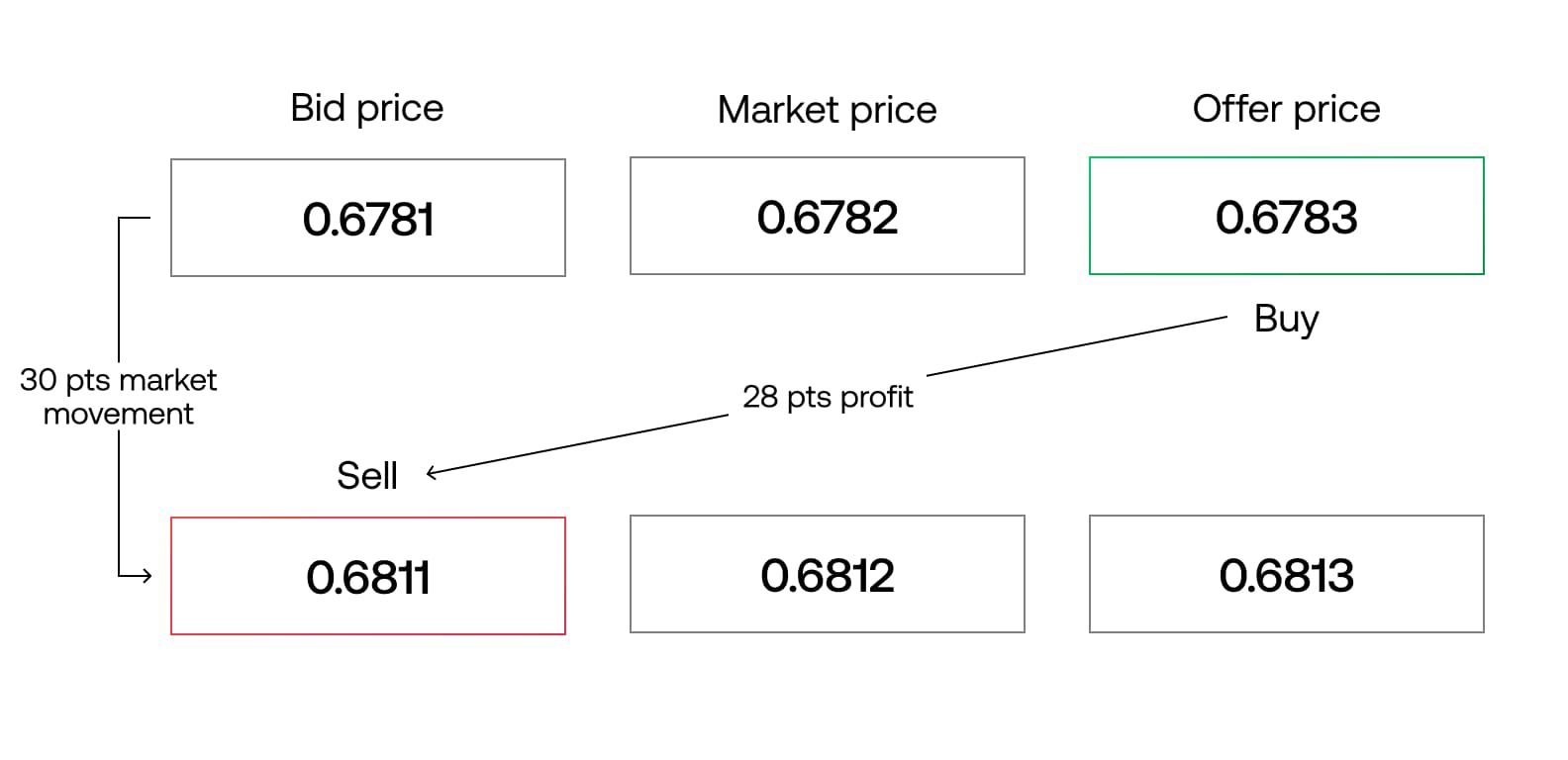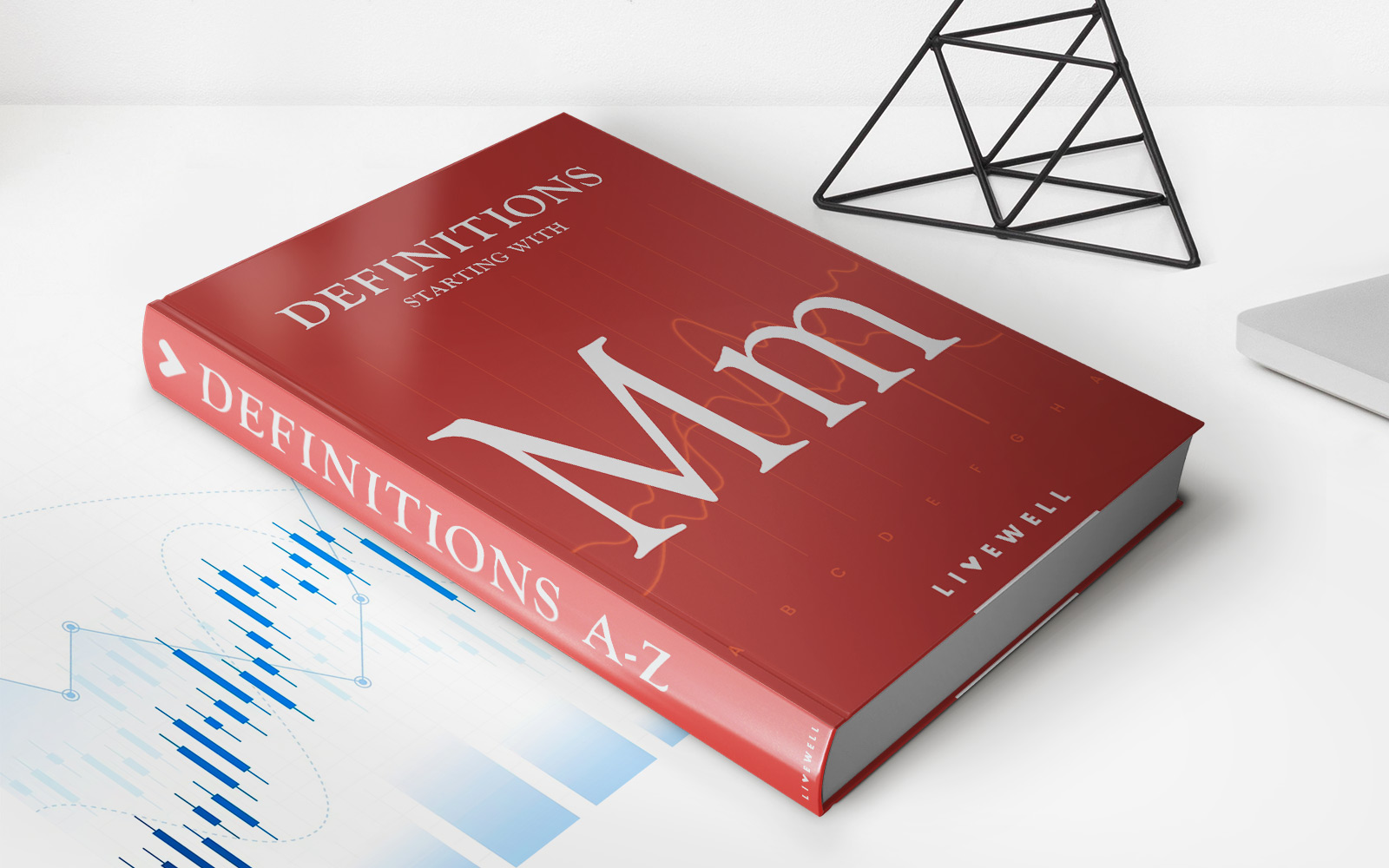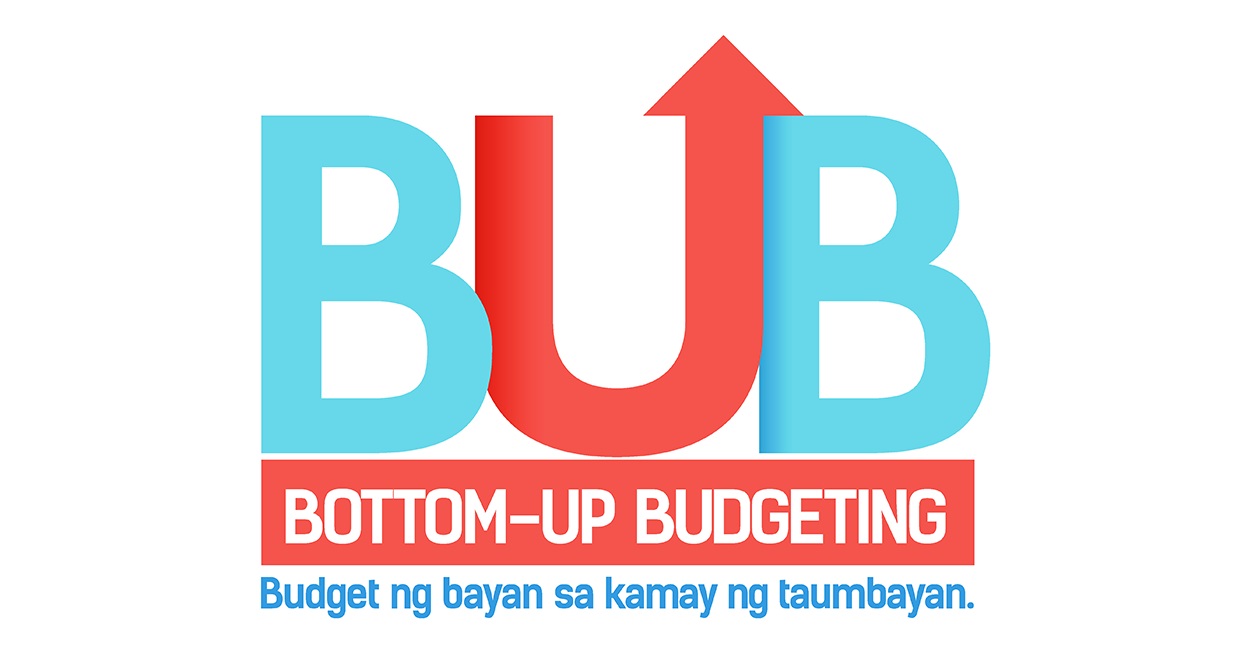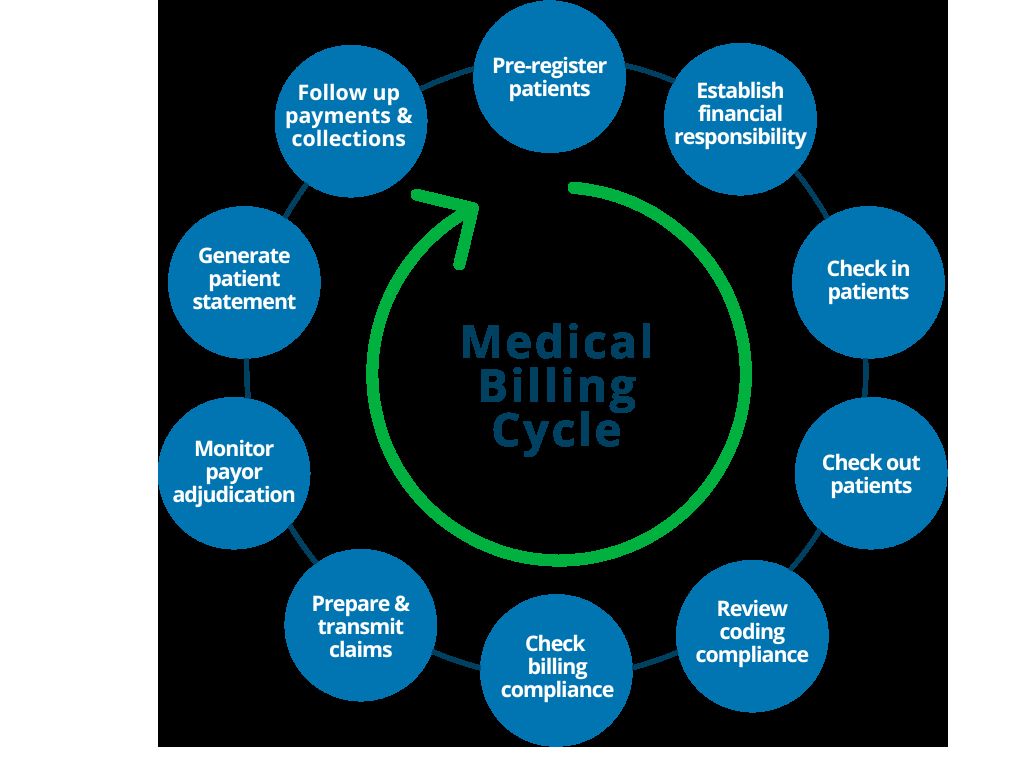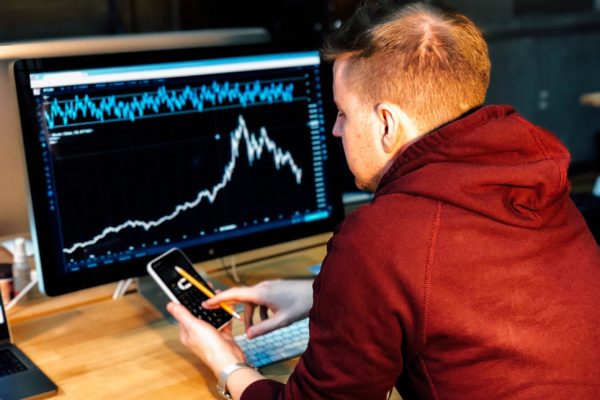
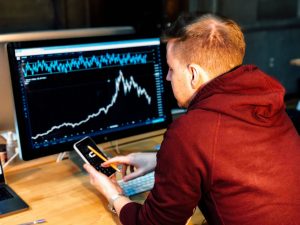
Finance
Forex Trading Market For Beginners
Modified: September 11, 2023
Discover everything you need to know about forex trading for beginners. With our complete guide; navigate through the forex market like a professional.
(Many of the links in this article redirect to a specific reviewed product. Your purchase of these products through affiliate links helps to generate commission for LiveWell, at no extra cost. Learn more)
In the Finance world, Forex Trading is a tricky topic to grasp. Add Foreign Exchange to the mix and things get even trickier.
The essence of Foreign Exchange and Trading is to imagine it as a combination of both. When you talk about Forex, immediately you think of currencies.
You may be a company in the United States that wants to sell designer bags in volume. But, your means of production is in Italy.
This is where the Forex steps in. To import goods, you must trade your currency (US Dollar) to the currency of the country of origin (Italy). So you can buy and sell these goods to your market.
The same goes for traveling abroad. In order for you to make use of your currency in another territory, trade it off to one that’s accepted in that country.
While these transactions concern international transactions, forex is a big part of it. To learn the basics, it’s important to understand the language behind the Foreign Exchange Trade.
If you’re new to it, you have to start with what it is that you hope to do. If it’s earning money at a quick rate, then Forex may not be in line with that goal.
Forex trade is an effective way to make passive money. But it requires knowledge and skill to actually make a profit.
A trader handles predicting moving market trends in the global economy. For you to be successful in FX Trade requires patience and commitment to learning the tools. An example of this is the Fibonacci Retracement.
There is no specific formula or recipe to become successful at trading right away. Thus, you may want to remember these guidelines to help you jumpstart your trade. Here are some tips to help you navigate your way through your first trade.
Forex Trading Tips
- Familiarize Yourself With Existing Markets – You’ll navigate easily through a particular market if you know how it behaves. This means having the foresight to understand when a particular good or currency is of value, and when to invest.
- Create A Game Plan – You must see to it that you have a plan for the long term. It’s easy to stray away from your strategy if you don’t have a clear cut goal.
- Test The Waters – Forex Trading is a practical activity thus, you will need to put this skill into action. In order to learn it takes experience, you have to take chances and see what works and what doesn’t.
- Keep An Eye On Your Market – There are different tools that you can use to observe it such as the Fibonacci tool. To create the Fibonacci retracement, you have to take two extreme points in a stock chart. Then we divide them by either one of the following increments: 23.6%, 38.2%, 50%, 61.8%, and 100%. These are called the Fibonacci ratios.

Photo by CC0 Public Domain from Maxpixels.net
Other Factors To Consider When Trading
- Watch the news and check market movement trends
- Political data can help you make trade decisions
- Know your limits and set limitations and ensure you don’t trade beyond your means. Through stop and limit orders. You’ll know your boundaries as well as track your progress.
- Set Trailing Stops as markers in your stock chart that allow you to identify where you are in the market in terms of your progress as the market changes
- Stay objective and make sure that you’re not overly emotional when making decisions as this may lead to erratic financial decisions.
Familiarize Yourself With Forex Trading
You really don’t need to know all the terminology involved in FX Trade when you start. But, you have to know the basics to begin.
Here are some important terms. These may seem intimidating at first, but you’ll internalize it eventually.
- PIP – This is the most basic unit in trading. A PIP is the smallest number involved in trading. It tells you the base price of a currency pair. Usually, the value of a PIP is represented as 0.0001.
- BASE CURRENCY – The first currency set in terms of a currency pair. It’s most likely the one that you’re holding, so if you’re in the US for example, your base currency is the U.S. dollar.
- BID PRICE – The price that a trader or broker would be willing to bid on the currency you hold.
- CURRENCY PAIR – The quote and price scheme that is being traded in the Forex market. These are usually two currencies that are put side by side for value comparison. The currency pair shows how much quote currency is needed to purchase one unit of the base currency.
- QUOTE CURRENCY – This is always considered a foreign currency. Or if it is a direct quote, it is usually the domestic currency.
Finance Management & Forex Trade
It can sometimes be confusing, or even frustrating when you trade. It is important to keep a sound perspective of how you make use of your capital. Make sure that you keep tabs on how much you are investing.
Do not invest in a market that is not generating any profit, at times we wait it out for too long. Stay away from a particular market that has not progressed for a long period.
Rationality is important in making financial decisions. And this is most important to consider when you make a transaction.
If you are too frustrated, or too emotional, sometimes it can lead to over-trading. You might have heard of what is referred to as “revenge trading”.
This happens when you feel as if you are not gaining any profit. Which could result in you putting in more money than you’re willing to lose.
There’s always a risk that comes with trading. So it’s important to take strides that are well thought of and calculated.
You also have to draw the line and know your investment level. There’s nothing wrong with starting small. Trade strategy more often than not is only up to the trader. But finding the right strategy for you is another story.
There are advantages to starting small. While you start small, you have the freedom to study how the forex trade dynamic works. You can grow your capital and invest more in the future.
-
You recognize a spot deal when a transaction goes through.
-
This also happens when opposing party bids against another using a counter bid.
-
The exchange rate set bases on another currency received in a specified amount.
-
A position closes when both parties make a cash settlement.
-
The spot market is popular for companies that deal in the present rather than the future. But, these kinds of trades take two days to settle.
The Futures and the Forwards Market
-
The forwards market used to be the most commonly used market in the past.
-
These kinds of trades are common for companies that want to manage their Forex trade risks. Hedging is most effective when you set it to a specific future date.
-
You can buy futures contracts and sell them based on a standard size and settlement date. One of the best examples of this is the Chicago Mercantile Exchange.
-
The US-based National Futures Association ensures stability for the futures market. And that it’s up to par with global standards and foreign exchange practices.
- Specific details
- Number of units traded
- Delivery settlement dates
- Smallest Price
- These include increments that you can’t change.
- Do not trade in actual currencies unlike the spots markets
- These markets trade in contracts or agreements. These contracts specify what trade takes place. By means of currency type, a specific price per unit and date of settlement.
- These markets protect traders and mitigate risk when trading currencies.
- Big companies make use of this tool so that you can avoid the risk of currency fluctuations.
- You buy and sell contracts through over the counter transactions. Two parties then decide what agreement should exist and work for both in trading.
6 Strategies In Forex Trade
The trading community considers this as the riskiest strategy. Which is not recommended for those starting. the grid strategy works by purchasing and selling stop orders. So you can profit from organic markets.
